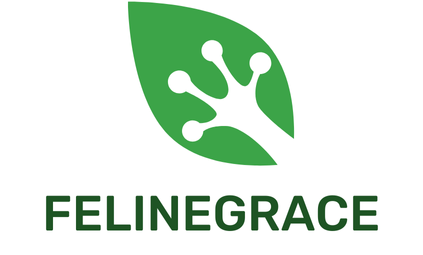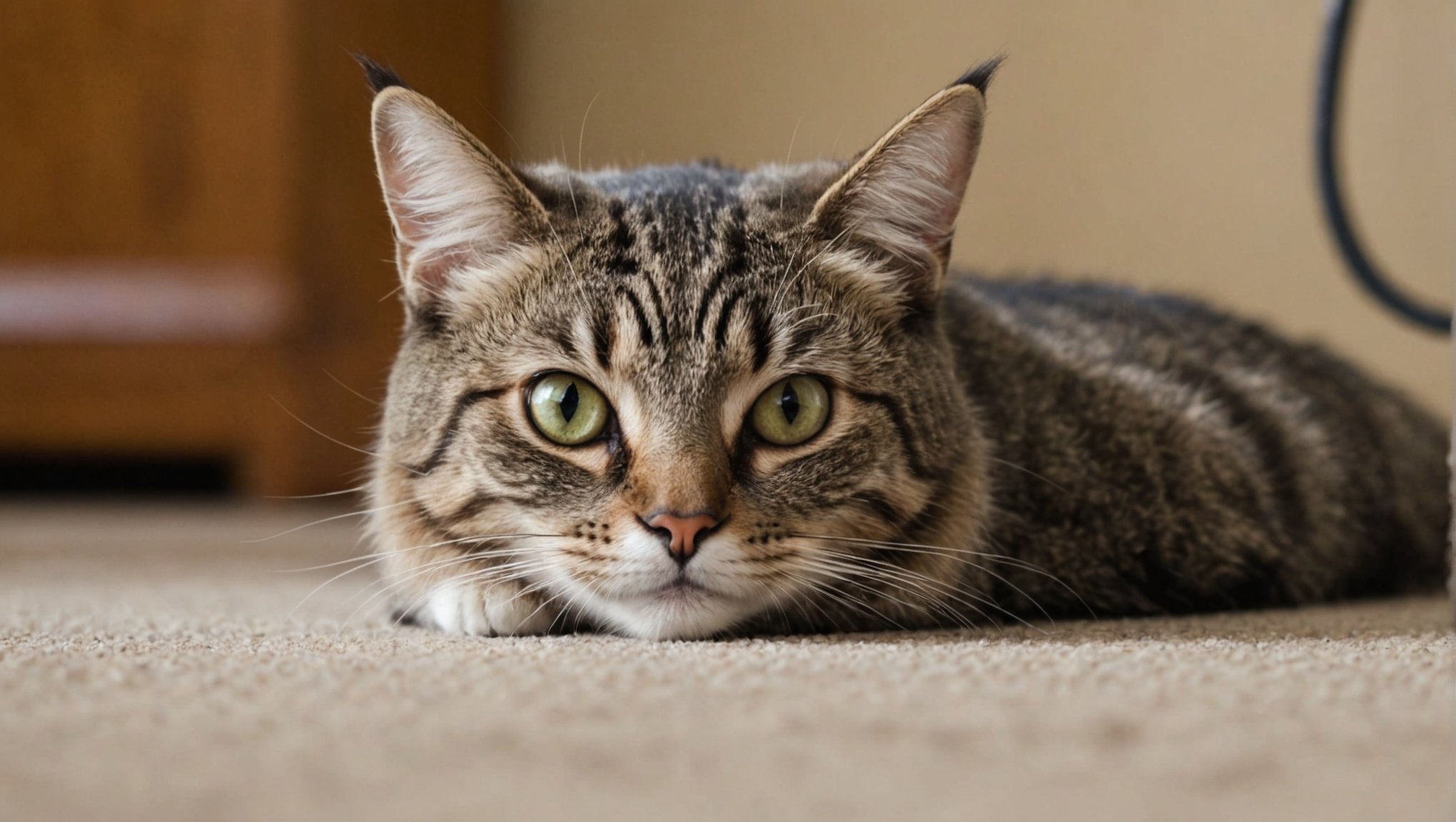Recovery from orthopedic surgery can be a challenging time for your cat. The right environment makes all the difference in ensuring a smooth healing process. Prioritizing comfort, safety, and stimulation will not only help your feline feel secure but also encourage a quicker recovery. Discover practical tips to create a welcoming space that meets your cat’s specific needs, promoting both their physical health and emotional well-being during a critical phase in their life.
Creating a Safe Recovery Space
When it comes to a cat recovery environment, ensuring a quiet and comfortable area is crucial for your feline’s healing. Cats, like humans, need a serene space to recuperate from illness or surgery. A stress-free environment aids in their recovery process, reducing anxiety and promoting faster healing.
Avez-vous vu cela : Selecting the Right Probiotics and Dosage for Your Cat”s Digestive Health: A Comprehensive Guide
To create a cozy space, consider including soft bedding to provide comfort and warmth. Cats often feel more secure in enclosed spaces, so providing hiding spots can make them feel safe and protected. This could be a small tent or a covered bed. These elements help mimic a natural environment where cats instinctively seek out secluded areas for rest.
Preventing access to stairs or hazardous areas is equally important. Cats recovering from surgery might be unsteady on their feet, making stairs a potential danger. Blocking off these areas ensures they won’t accidentally injure themselves during their recovery. Additionally, removing any sharp objects or toxic substances from their reach is essential for their safety.
Dans le meme genre : Mastering Clicker Training: Seamlessly Incorporate It into Your Cat”s Daily Life for Positive Behavior Changes
By focusing on these aspects, you create a nurturing cat recovery environment that supports their physical and emotional well-being. This thoughtful approach not only aids in their recovery but also strengthens the bond between you and your feline friend.
Pain Management Techniques
Cat pain management is crucial after surgery, as understanding post-surgical pain and its effects on behaviour can significantly aid in recovery. Cats in pain may exhibit changes such as hiding, aggression, or reduced activity. Recognising these signs early ensures timely intervention and comfort for your feline friend.
Consultation with a veterinarian is essential to determine the appropriate pain management plan. Veterinarians often recommend medications like non-steroidal anti-inflammatory drugs (NSAIDs) or opioids, tailored to your cat’s specific needs. These medications help alleviate pain and prevent complications, promoting a smoother recovery.
In addition to pharmaceuticals, non-pharmaceutical pain relief options can be beneficial. Heat therapy, for instance, can soothe sore muscles and joints. Applying a warm compress or heating pad, wrapped in a towel, can provide comfort, but always ensure the heat is not too intense to avoid burns.
Creating a comfortable environment with soft bedding and ensuring your cat’s resting area is easily accessible can also contribute to effective cat pain management. By combining these approaches, you can help your cat recover more comfortably and quickly, fostering a positive healing experience.
Dietary Considerations Post-Surgery
Ensuring proper cat post-surgery nutrition is vital for a smooth recovery. Just like humans, cats require a balanced diet to heal effectively. Hydration plays a crucial role in this process. It helps in flushing out toxins and aids in maintaining healthy organ function. Always provide fresh water and monitor your cat’s drinking habits closely.
Post-surgery, a cat’s appetite might decrease. Adjusting their diet can encourage eating and support healing. Incorporate easily digestible foods, such as wet food or specially formulated recovery diets, which are rich in essential nutrients. These options are often more appealing and can be easier for your cat to consume.
To stimulate your cat’s appetite, try warming their food slightly to enhance its aroma. This simple trick can make meals more enticing. Additionally, feeding smaller, more frequent meals can prevent overwhelming your cat and encourage regular eating.
Hydration and nutrition are interconnected. Consider adding water to their food to ensure they stay hydrated, especially if they are reluctant to drink. By focusing on these nutritional aspects, you will support your cat’s recovery, ensuring they regain strength and vitality swiftly.
Monitoring Behavior and Recovery Progress
Understanding cat recovery monitoring is essential to ensure your feline friend is healing properly. Observing your cat’s behaviour can indicate whether recovery is progressing normally or if complications are arising.
Signs of Normal Recovery vs. Complications
Normal recovery signs include gradual return to regular activities, increased appetite, and reduced swelling at the surgical site. Conversely, complications can manifest as excessive swelling, persistent lethargy, or unusual discharges. If you notice any of these symptoms, it’s crucial to act promptly.
Tracking Activity and Behaviour Changes
Keep a daily log of your cat’s activity levels and behaviour changes. Note any deviations from their usual routine, such as reluctance to move or changes in grooming habits. Monitoring these aspects can help identify potential issues early and ensure a smooth recovery.
When to Contact a Veterinarian
Contact your veterinarian if you observe signs of complications or if your cat’s condition does not improve. Early intervention can prevent further health issues and ensure your cat receives the necessary care. Trust your instincts; if something seems off, it’s better to seek professional advice.
By focusing on cat recovery monitoring, you can support your cat’s healing journey and address any concerns effectively.
Assisting with Mobility
Supporting your cat’s mobility post-surgery is crucial for a safe and effective recovery. Cat mobility assistance involves strategies that ensure your feline friend can move safely without risking injury.
Strategies for Safe Movement
Limiting your cat’s activity is essential. Encourage rest and prevent jumping or climbing, which could strain healing wounds. Creating a confined space with essentials like food, water, and a litter box within easy reach can help manage their movement.
Importance of Limiting Activity
Restricting activity doesn’t mean immobilizing your cat completely. Gentle, supervised movement is beneficial. It helps maintain muscle tone and prevents stiffness, promoting a healthier recovery. However, ensure any movement is controlled to avoid overexertion.
Tools and Aids for Mobility
Consider using aids such as harnesses or ramps. A harness provides support during short walks, giving you control over your cat’s movements. Ramps can replace stairs, offering a gentle incline that reduces strain on joints and surgical sites.
These tools facilitate mobility while ensuring safety. By integrating these strategies, you can effectively assist your cat’s recovery, ensuring they regain strength and confidence in their movements.
Managing Post-Surgical Care
Effective Cat Post-Surgery Care is essential to ensure a smooth and successful recovery. Understanding how to manage this process can prevent complications and promote healing.
Guidelines for Wound Care and Preventing Infection
Proper wound care is crucial. Keep the surgical site clean and dry. Check the wound daily for signs of infection, such as redness, swelling, or discharge. Avoid letting your cat lick or scratch the area, which can introduce bacteria. Consider using an Elizabethan collar to prevent this behaviour.
Importance of Follow-Up Veterinary Appointments
Follow-up veterinary appointments are vital. They allow the vet to assess the healing progress and address any concerns. These visits ensure that the recovery is on track and that any necessary adjustments to the care plan are made promptly.
What to Expect During the Healing Process
During the healing process, expect gradual improvements in your cat’s activity and appetite. It’s normal for the incision to appear slightly red initially, but this should decrease over time. Be patient, as healing can vary depending on the procedure and your cat’s health. By adhering to these guidelines, you help ensure a safe recovery for your feline friend.
Creating Enrichment in a Limited Space
During recovery, ensuring cat enrichment is essential to keep your feline mentally stimulated and content. While physical activity might be limited, there are numerous ways to engage their minds and maintain their happiness.
Safe Toys and Activities
Introduce safe toys that encourage gentle play. Soft, plush toys or those that dispense treats can provide entertainment without risking injury. Interactive toys that require minimal movement, like puzzle feeders, can stimulate your cat’s mind and keep them engaged.
Importance of Social Interaction
Maintaining social interaction is crucial for your cat’s emotional well-being. Spend time with your cat through gentle petting or talking to them in soothing tones. This not only alleviates boredom but also strengthens your bond, providing comfort during their recovery.
Entertainment Without Overexertion
To provide entertainment without overexertion, consider activities that involve minimal physical effort. Window perches can offer hours of entertainment as your cat watches the world outside. Additionally, rotating toys to maintain interest can prevent monotony.
By focusing on cat enrichment during recovery, you ensure your feline remains mentally active and emotionally satisfied, contributing positively to their overall healing process.
Stress Reduction Techniques
Supporting your feline’s recovery involves effective Cat Stress Management. Minimising stress is crucial for a smooth healing process. Cats are sensitive creatures, and stress can hinder their recovery, making it essential to implement strategies that promote calmness.
Strategies to Minimize Stress During Recovery
Creating a serene environment is vital. Ensure your cat’s space is quiet and free from disturbances. Soft lighting and gentle music can create a calming atmosphere. Additionally, maintaining a predictable routine helps reduce anxiety. Regular feeding times and consistent interaction reassure your cat, providing a sense of security.
Utilizing Calming Products
Calming products can be beneficial in managing stress. Pheromone diffusers mimic natural cat pheromones, promoting relaxation and reducing anxiety. These diffusers are easy to use and can be placed in areas your cat frequents. They work subtly to create a calming environment, helping your cat feel more at ease.
Creating a Predictable Routine for Your Cat
Establishing a routine is essential for Cat Stress Management. Predictability provides comfort, reducing stress levels. Regular feeding, play, and rest times help your cat adjust and feel secure. This consistency supports their emotional well-being, contributing positively to their overall recovery.
Preparing for Potential Complications
Understanding potential cat recovery complications is essential for ensuring your feline friend’s health post-surgery. Common complications include infections, excessive bleeding, and adverse reactions to medications. Recognising these issues early can prevent them from escalating into serious problems.
Recognising Early Warning Signs
Be vigilant for signs such as persistent vomiting, diarrhoea, or a noticeable change in behaviour, like increased aggression or lethargy. These could indicate underlying complications. Additionally, monitor the surgical site for unusual redness, swelling, or discharge. These symptoms often signal infection or improper healing.
Emergency Preparedness
Having a plan in place for emergencies is crucial. Keep your veterinarian’s contact information handy, including after-hours and emergency clinic numbers. Familiarise yourself with the location of the nearest emergency veterinary facility. This preparation ensures you can act swiftly if complications arise, providing your cat with the best chance for a swift recovery.
Vet Contact Information
Ensure you have a clear line of communication with your vet. Regular updates about your cat’s progress can help them provide tailored advice. In case of unexpected symptoms, contact your vet immediately. Prompt action can significantly impact your cat’s recovery and overall well-being.
Engaging with Veterinary Support
Ensuring effective veterinary support for cats during recovery is crucial. Maintaining ongoing communication with your vet is essential for monitoring your cat’s progress and addressing any concerns that arise.
Importance of Ongoing Communication with the Vet
Regular updates and discussions with your vet can help tailor the recovery plan to your cat’s specific needs. This continuous dialogue ensures any changes in your cat’s condition are promptly addressed, enhancing the recovery process.
What Questions to Ask During Follow-Up Visits
During follow-up visits, it’s important to ask the right questions to gain a comprehensive understanding of your cat’s health. Inquire about signs of normal recovery versus complications, dietary adjustments, and pain management strategies. Understanding these aspects can empower you to provide the best care possible.
Utilizing Veterinary Resources for Further Guidance and Support
Veterinarians are invaluable resources for further guidance and support. They can provide educational materials, recommend specialised products, and offer advice on managing your cat’s emotional and physical well-being. Utilising these resources ensures you’re well-equipped to handle any challenges during the recovery journey.
By engaging with veterinary support for cats, you can ensure a smoother recovery and foster a strong partnership with your vet.
















